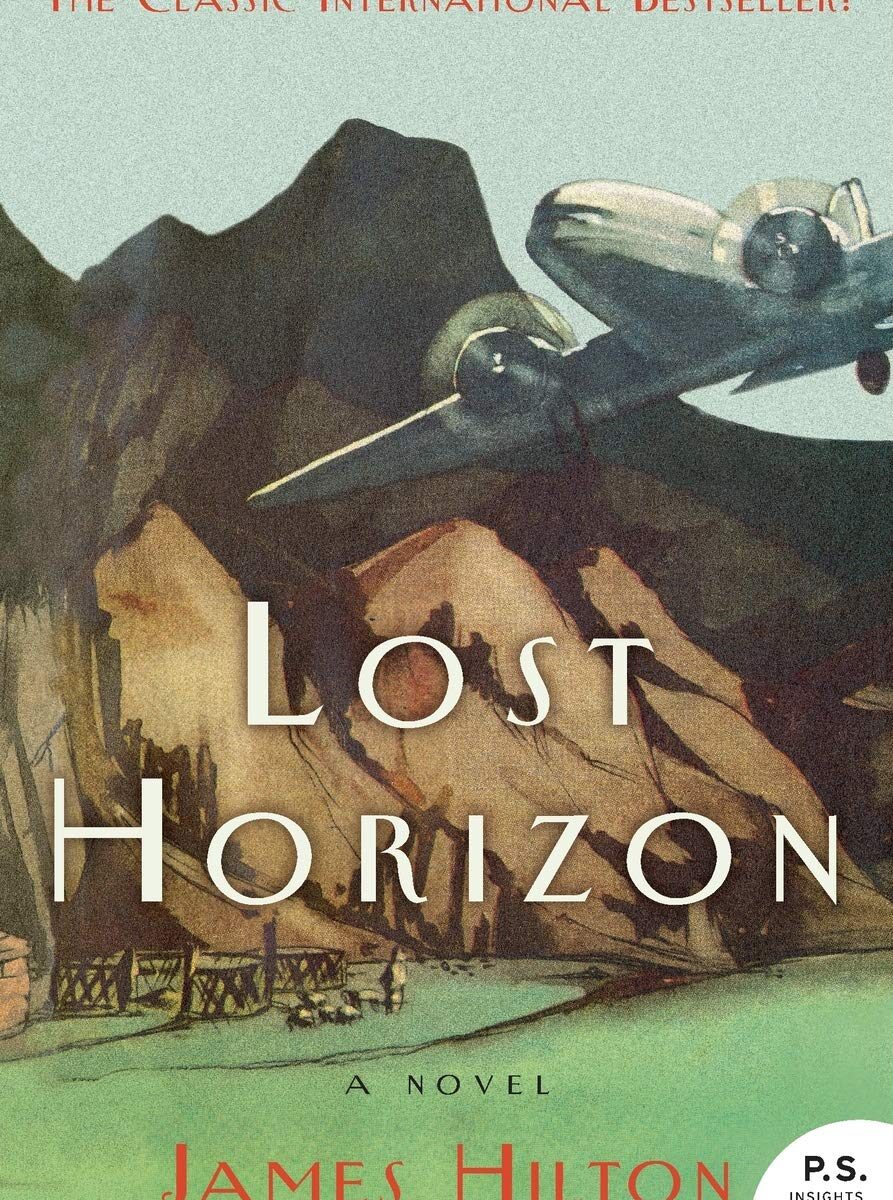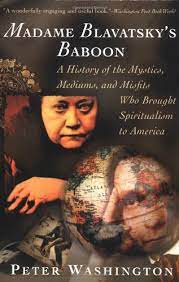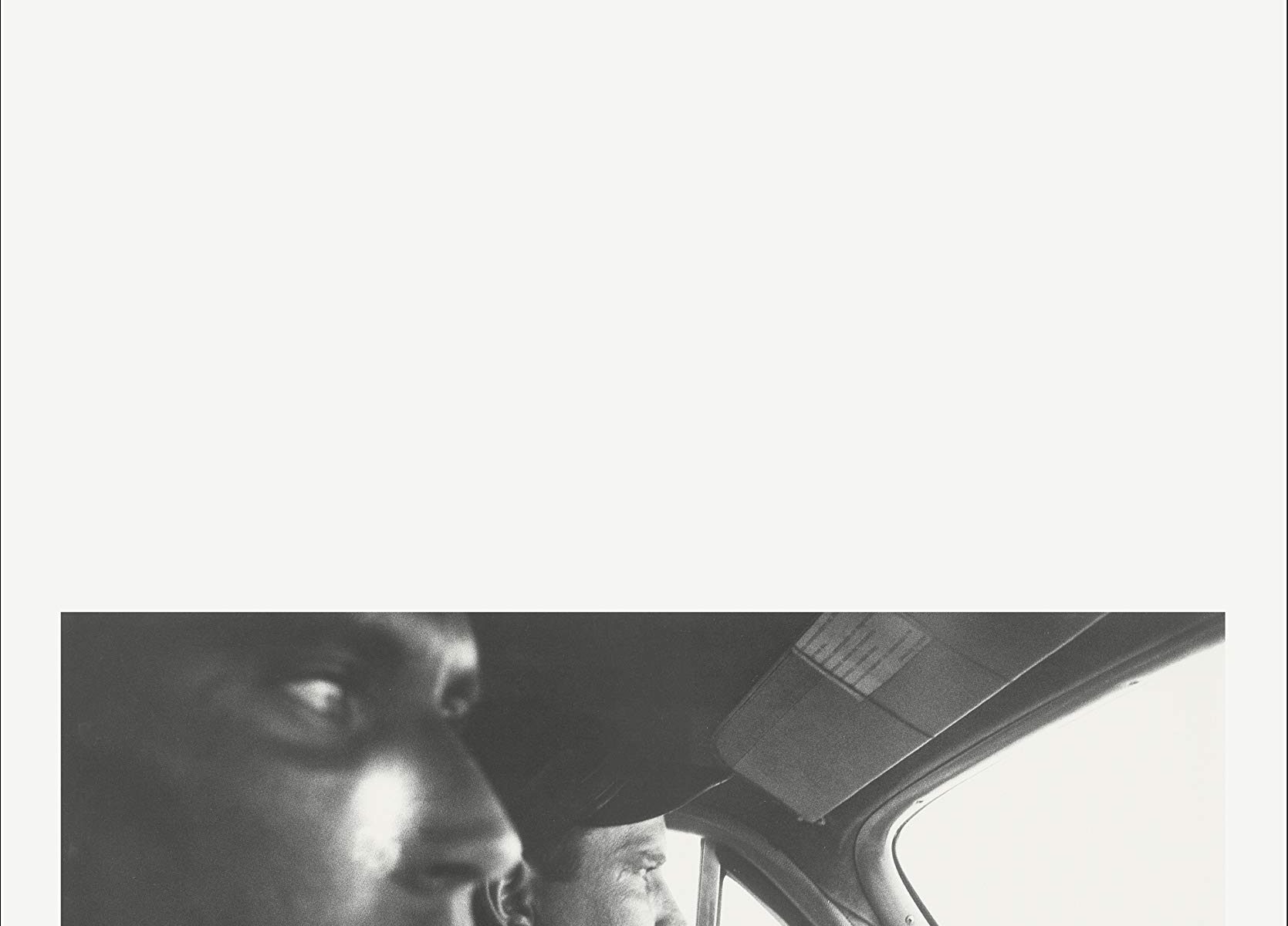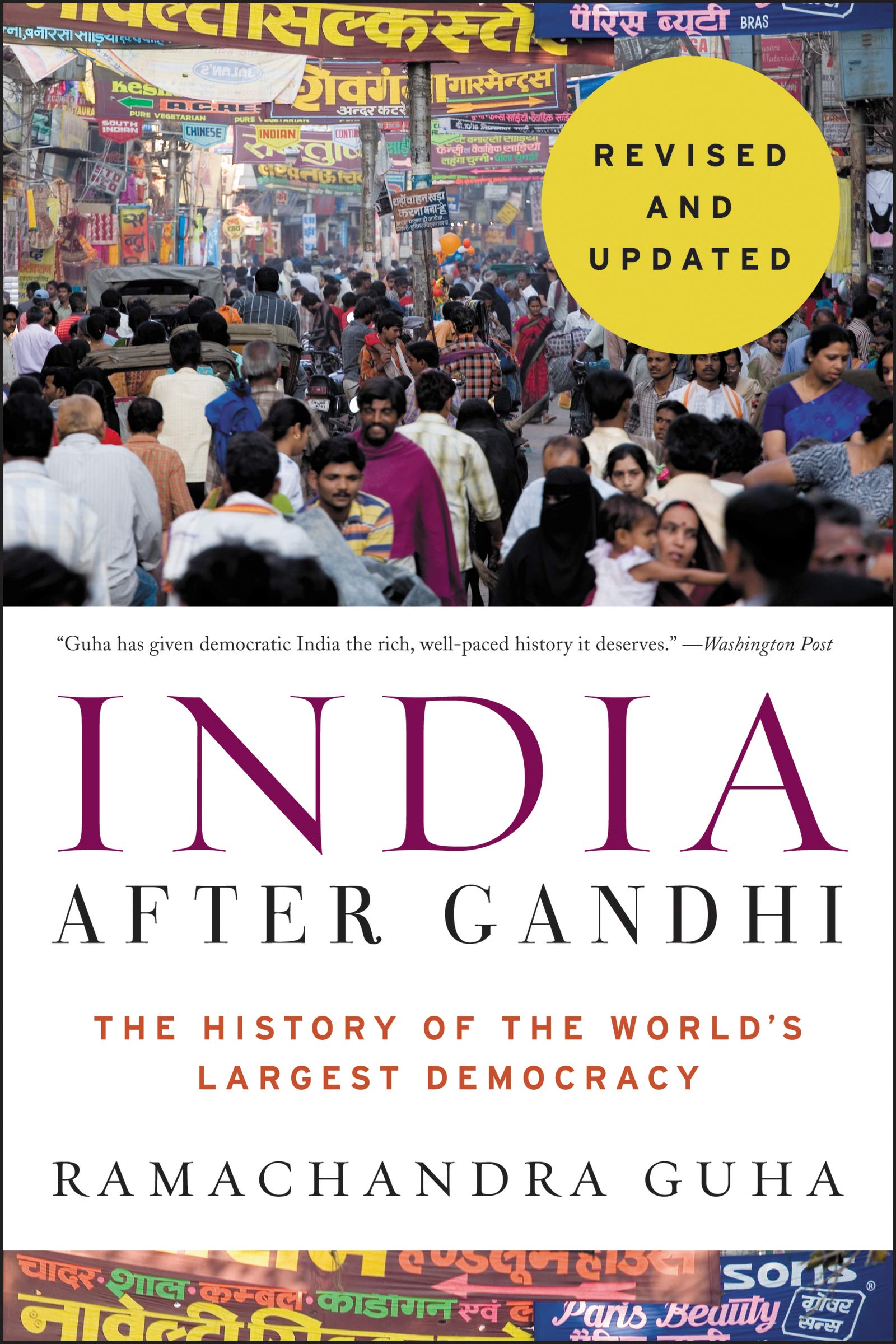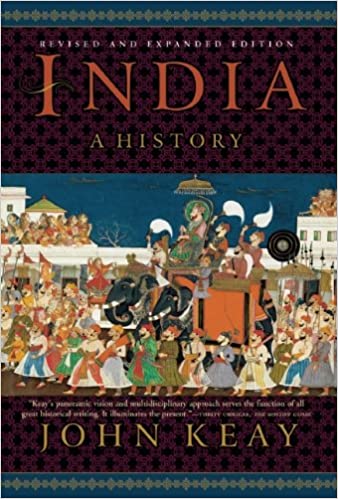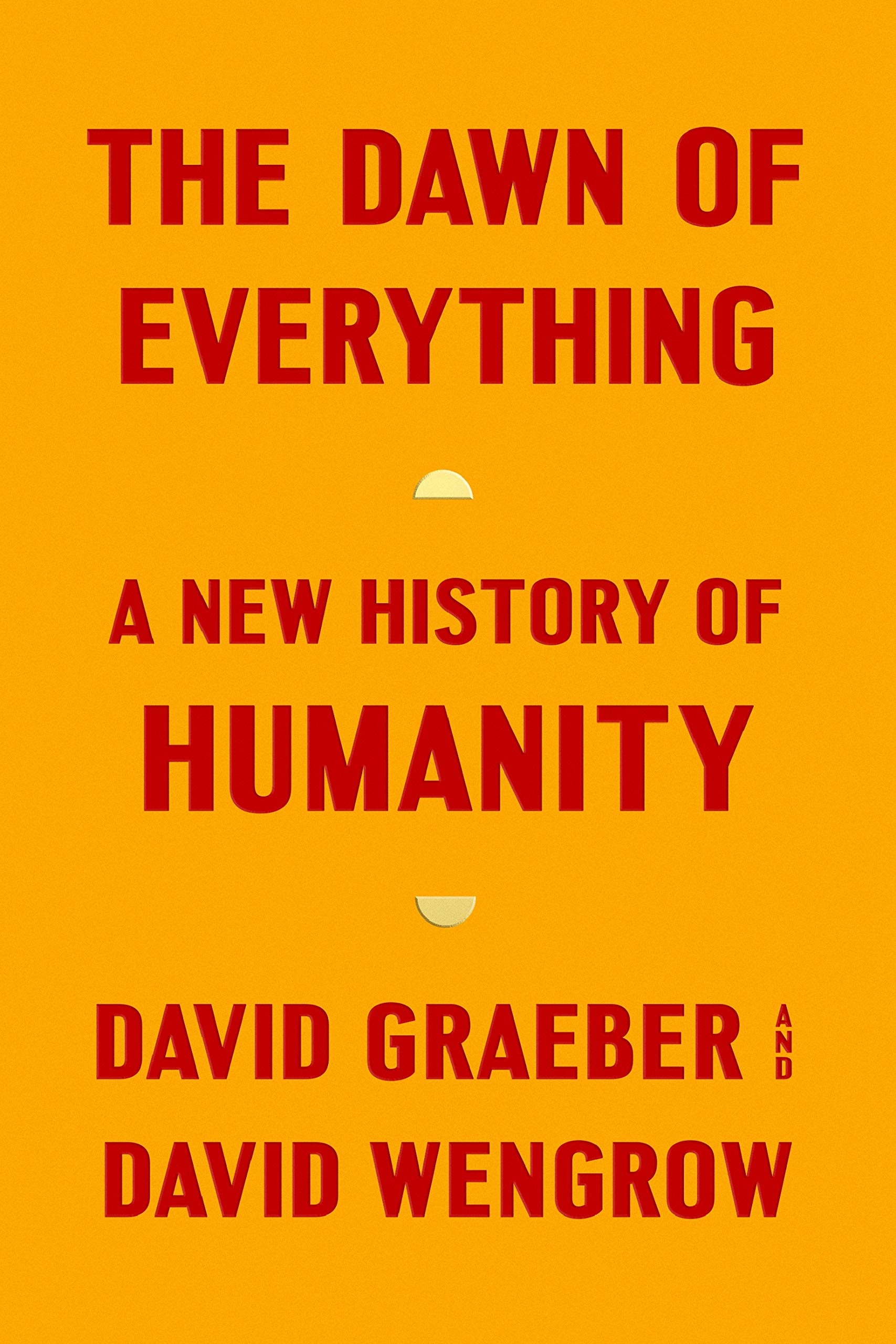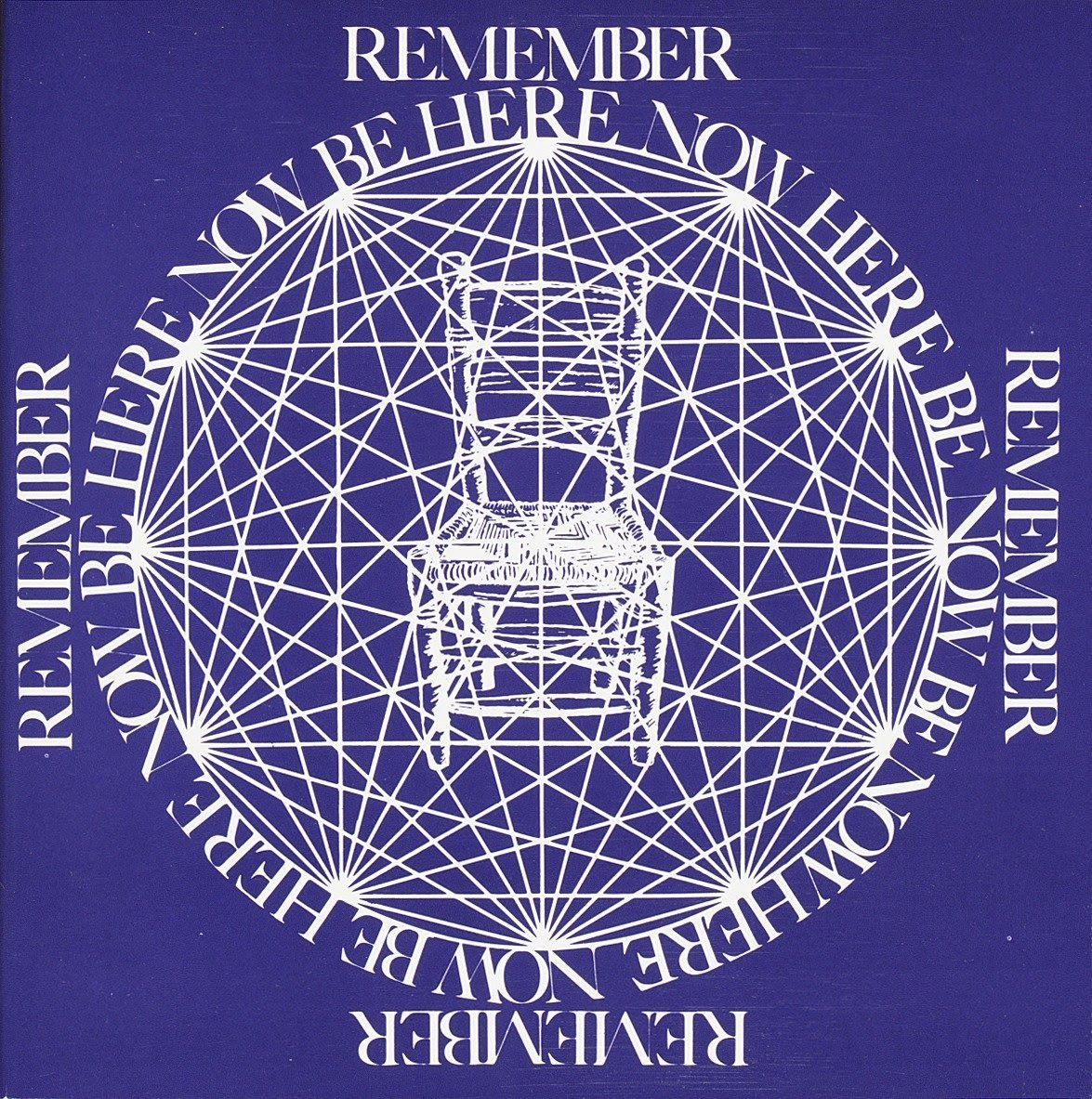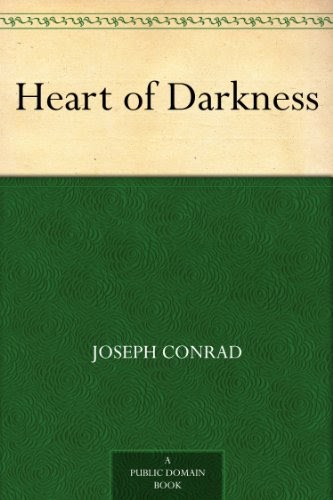David Graeber and David Wengrow, The Dawn of Everything (2021)
Like a lot of folks, I came to Graeber and Wengrow by way of Guns, Germs, and Steel, which came out in 1997, and which I hadn’t read when I went traveling. Since the latter book is also on my reading list, I’ll discuss it later. And since everyone on earth is right now posting a picture of their copy of The Dawn of Everything on social media, I’ll skip the summary and jump to the stuff that’s most relevant to my own project, which is a travel book about India and an exploration of how India came to mean what it did to me and other Westerners.
The indigenous critique
If you’re interested in Asia as a field of academic study — and I’m interested to have a master’s degree in it — you become acquainted with the huge, if buried, influence that the Orient (which, unlike the more contemporary “Asia,” also includes Egypt and even Morocco) had on European thought and culture, particularly from the 18th century forward: not just tea and pajamas, but a whole intellectual framework that helped Europe to define what it was against what it was not. But if Orientalism is your orientation (excuse the pun), you can start to wonder why Native American culture didn’t have the same sort of impact.
The Dawn of Everything makes a convincing case that actually it did. In particular, Graeber and Wengrow highlight what they call the indigenous critique of European society, mounted by Northeastern native groups such as the Wendat (Wyandot) and Iroquois. This critique explains why Rousseau was writing about the origins of inequality in the mid-18th century, for an essay contest on that topic, one that you’d be hard pressed to find in medieval or Renaissance philosophy. Native American observers of European society were appalled at the poverty they saw, and also by what they perceived as the enslavement of all Europeans to their social superiors. They believed that they had better lives, and the data supports them: Europeans often defected to native societies, or chose to stay after having been captured in war, while hardly any Native Americans chose to enter settler or European society until their own communities had been largely destroyed.
This can all seem like a bit of sideshow if you’re trying to find the origins of Europe’s ideas about India, but it isn’t quite. First, it shows that Europe (and Americans of European descent) were passionately interested in alternative ways of ordering society and understanding reality, be they Indian, Chinese, Persian, or Native American. An overlooked impact of the Age of Discovery on Europe is that it made Europeans aware, in a way that they had not been, that things could be different. It’s notable that the Age of Discovery precipitates a long and unprecedented period of sociopolitical revolution in Europe and its colonies, in which I’d include not just the most famous cases — 1776, 1789, 1848, 1917 — but also everything from the Reformation and the Glorious Revolution to Romanticism and the scientific and industrial revolutions.
Here’s an example, in a wonderful little side note of the kind that makes The Dawn of Everything so much fun. Somehow in the 18th century, Europeans began thinking that the right sort of state was one that was ethnically and linguistically homogenous and run by bureaucrats trained in the liberal arts and selected through competitive exams. As an indigenous invention, this makes no sense, having no precedent in Medieval European politics. But it turns out Leibniz got the idea from the Chinese, who’d been running their empire along these lines for centuries, and he said so. He and his followers insisted that this was right for Europe, and their ideas were adopted.
Why India not Indians
The Dawn of Everything is also helpful if you want to know why Indian Indians and not American Indians became popular spiritual leaders in the 1960s, and why India not Native America is seen as the locus of ancient wisdom and enlightenment. The answer lies in the way that European conservatives answered the indigenous critique.
It’s worth remembering that back in the 18th century, there was little Europeans could hold up to show themselves as better than the Iroquois or the Wendat: not better health or sanitation, not more compassionate justice, certainly not democracy. What they did have, though, was farming and technology. These had not previously been seen as especially important in and of themselves, but they became crucial in the European response to the indigenous critique. Yes, argued the Europeans, Native Americans may be free and equal, but this is only possible because they are materially poor: no farmed land, no advanced technology. A theory was formulated about stages of development, from the barbarism of hunter-gatherers to agriculture and civilization.
This evolutionary model became incredibly influential. You’ve probably absorbed it without necessarily thinking about it. It turned hunter-gatherers, even those with complex political societies, into primitives, children in a state of nature. Children might say things that are profound, and they may have a certain sort of wisdom, but they’re not gurus, not World Masters. No true dialogue is possible between them and us.
Putting people into prehistory
Maybe the best thing The Dawn of Everything does is put human agency back into prehistory. History is full of individuals; even if you’re opposed to the Great Man school of historiography, you have to acknowledge that people like Alexander and Genghis Khan and Muhammed and Martin Luther and Napoleon made a difference, and that history would have taken a different course without them. So it has always felt odd that prehistoric groups are treated more like wild animal herds, migrating in search of food or because of changing climates but never because some individual prophet heard a voice telling him to or because an unbearable political climate pushed people to escape it. Graeber and Wengrow marshal archeological evidence and impressive interpretive acumen to show that we can, in fact, see these kinds of activity in prehistoric societies, even if we don’t know the names and dates precisely. The Dawn of Everything is above all a humanizing book, and for that it deserves the attention and praise it’s receiving.

